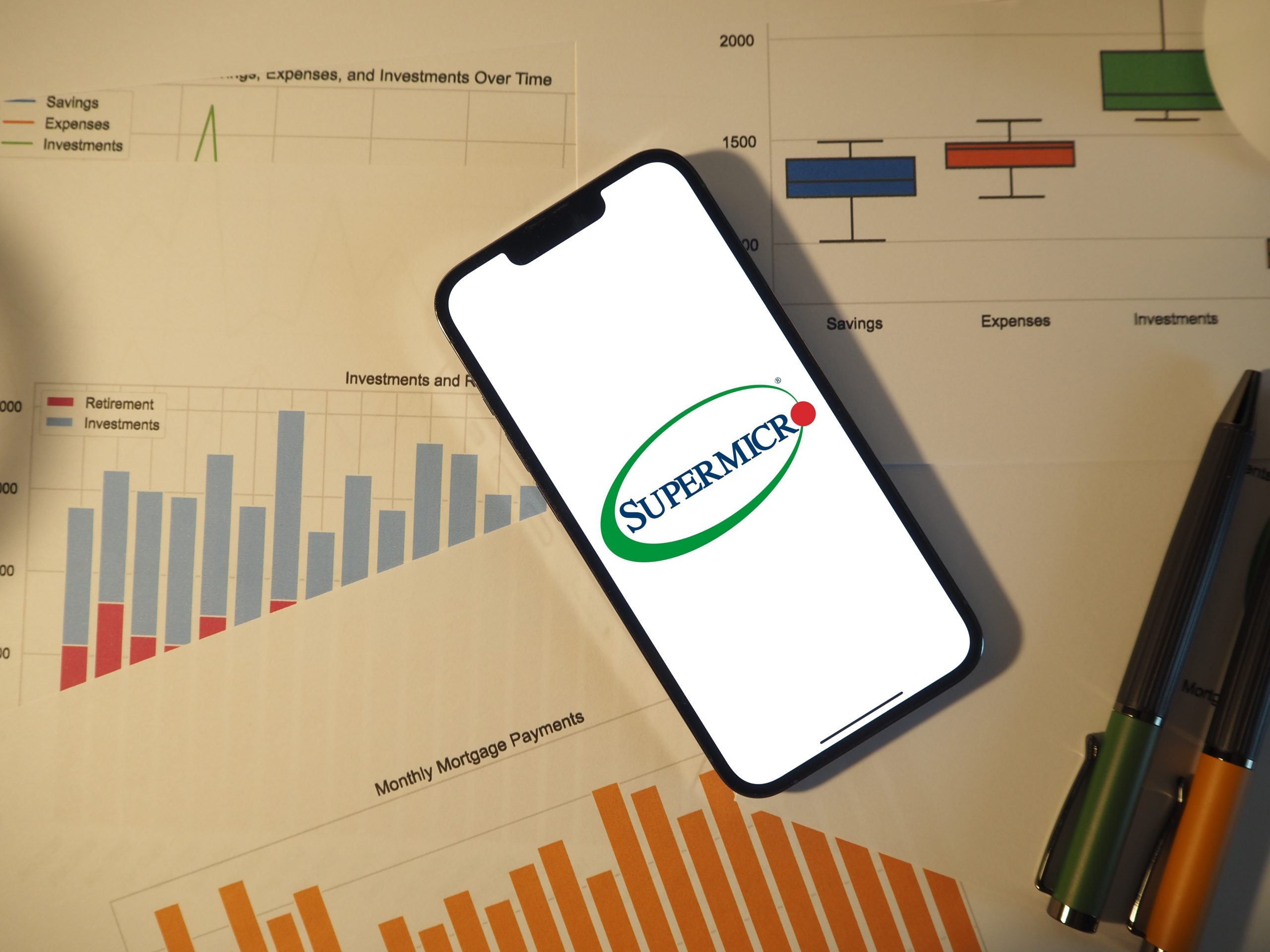Three Election-Day Hedges
Check out the pros and cons of three ways to protect a portfolio amid the uncertainties of a race for the presidency
Buy a put
This is the least favorite approach to “portfolio insurance,” but it does provide a high degree of protection.
Say, for example, that Advanced Micro Devices (AMD) is trading for $80 a share. The at-the-money 80 put, a little more than one month away, is trading for 7.20 and the 70 put is trading for 3.10.
The 80 put would provide the most protection, but it costs the most—$720 for $8,000 worth of stock. That amounts to paying $720/$8,000 = 9% for protection that lasts for only 41 days. Paying 9% for “insurance” is far too costs prohibitive. The only logical reason to do this would be if the potential returns, or probability of returns, far outweigh the spent costs of the insurance.
Many would prefer the 70 put. The cost is $310 for $8,000 worth of stock, but it doesn’t add protection until the stock falls below $70/share. That’s the equivalent of paying $310/$8,000 = 3.9% for protection that doesn’t “kick in” until the stock declines by (80-70)/80 = 12.5%.
Adding insult to injury, the strategy of buying puts is far more expensive when the protection is most desired. Protection never comes for free.
Sell a call
Selling calls against a long portfolio of stocks is often used to “smooth out the bumps” in a portfolio. Instead of being a “cost” to your account, like when buying a put, selling a call actually adds money from the credit received from the call. This provides a buffer against losses.
Consider being long 100 shares of Apple (AAPL). The stock is trading at $120. The 120 calls are trading for $8. By selling the calls, the investor is bringing in $800 on a $12,000 investment. This is equivalent to earning 800/12,000 = 6.7%. That reduces the cost of the investment by the amount gained as well.
The disadvantage: If the stock goes up by more than 6.7% in that time, it was better not to have sold the call. But this article is about adding protection. Anyone worried about gaining protection can avoid limiting upside potential by selling the call slightly above the current market.
For example, sell the 125 call for $6.5. While it does offer less protection at only $650/$12,000 = 5.4%, it offers more room for the stock to “grow” before a loss is taken on the short call. At the most, the stock can gain 9.5%. So, covered calls limit upside but provide a high degree of consistency.
Hedge with futures
This is a cost-effective strategy that requires investors to put down only a little money, but it can provide significant protection for a portfolio, especially when needed quick.
Suppose, for example, that an investor holds $5,000 worth of mostly technology-related companies. She can hedge with a Small Exchange Technology 60 futures contract. One contract is currently equivalent to roughly $5,000 worth of stock, and it has a highly correlated movement with the Nasdaq.
Each futures contract requires an investor to have approximately $440 set aside. A decline of 7% in the portfolio would be offset by an approximately 7% increase in a short position of the futures.
Futures are a useful strategy, especially if an investor needs protection quickly. Most futures trade outside normal hours for stocks.
The conclusion? Any of these three methods for protecting a portfolio should offer traders some relief from runaway anxiety as the uncertainty of election day draws near.
Michael Rechenthin, Ph.D., aka “Dr. Data,” is the head of data science at tastytrade.



















